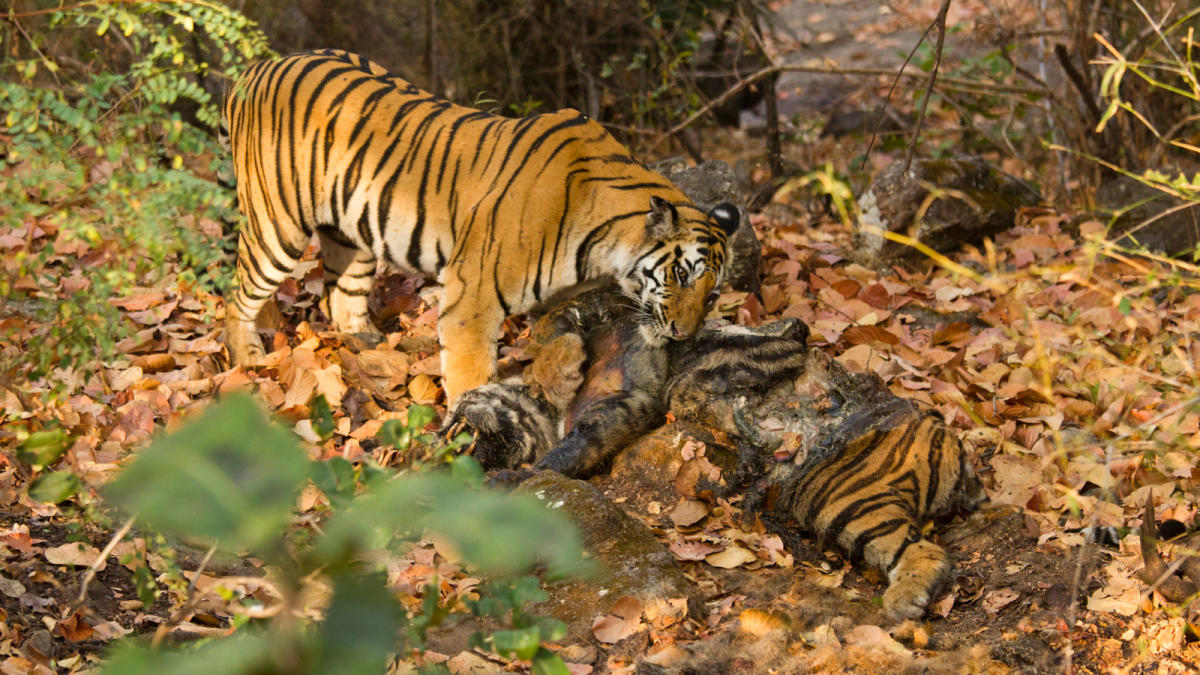The concept of cannibalism is fraught with moral implications, sparking curiosity and a sense of discomfort even among the realms of scientific discourse. In the animal kingdom, forced cannibalism—where one species or an individual animal is compelled to consume its own kind—is an occurrence that invokes numerous questions about the nature of cruelty, survival, and ecological frameworks. This essay delves into whether forced cannibalism among animals can be deemed a form of animal cruelty, while simultaneously prompting a shift in perspective on the complex interplay of nature and survival.
To address this query, one must first understand the definition of cannibalism in the animal kingdom. Cannibalism occurs when members of the same species engage in the act of consuming one another, whether due to starvation, territorial disputes, or maladaptive behaviors. In a biological context, certain species exhibit this behavior as a survival mechanism, often driven by instinctual urges rather than by malice or cruelty. However, the implications of such actions are profound, entangled with the intricacies of ecosystem dynamics and the hierarchy of predation.
Forced cannibalism is particularly controversial. It may manifest in various contexts: parental figures consuming their young during times of scarcity, dominant individuals asserting control over subordinates, or species that resort to cannibalism during times of extreme population density. The apparent “cruelty” in these behaviors arises from an anthropocentric lens, projecting human moral standards onto animal behavior. Yet, examining this further reveals the rich tapestry of evolutionary adaptation and environmental stressors influencing these actions.
Certain species, such as the infamous redback spider and some types of frogs, exhibit a macabre ritual of consuming their kin. Female redback spiders often eat their male counterparts during mating; a behavior that, while brutal, ensures the female’s vitality and reproductive success. Under duress, cannibalism may be a pragmatic choice rather than an act steeped in cruelty. This perspective prompts a reassessment of whether behaving in a way that ensures survival can ever be labelled as cruel, or is it merely an adaptive trait in the harsh theater of existence?
Ecologically, the cycle of life and death holds profound significance. Cannibalism can contribute to population control, ensuring that only the fittest survive to reproduce. In certain instances, it functions as a mechanism for parental investment. In circumstances where food scarcity becomes an overwhelming reality, cannibalism might serve to optimize the chances of survival for the larger group at the expense of the weaker individuals. This survival strategy sheds light on the tensions of nature—an intricate balance where life feeds on life is inescapable.
Moreover, ethical inquiry into forced cannibalism necessitates an examination of intent. Unlike humans, animals operate largely on instinct. Their actions are less often characterized by conscious decisions that reflect moral considerations. While anthropomorphism leads many to assign human values to animal behavior, it is crucial to remember that these beings do not deliberate in the same manner. They adapt and respond—to social hierarchies, environmental pressures, and survival challenges—often resorting to cannibalism out of necessity rather than cruelty.
Nevertheless, the discomfort surrounding forced cannibalism highlights an essential dialogue about animal welfare and the prevention of suffering. If forced cannibalism is deemed an instinctive survival strategy, then it raises the question of how humans can influence environments to mitigate conditions that promote such behavior. In ecosystems that humans have disrupted through habitat destruction and climate change, surely we bear some moral responsibility to foster conditions that allow animals to thrive without resorting to cannibalism.
In addition, the ramifications of forced cannibalism extend beyond individual suffering. They circle back to the larger ecological picture. As species interact and undergo shifts in population dynamics, the ramifications of forced cannibalism ripple through ecosystems. By examining the interconnectedness of species and their environments, we can glean insights into biodiversity and the health of an ecosystem. A deepened understanding of these interconnected lives can nurture a renewed appreciation for the complexity of nature, urging us to act in ways that respect animal integrity.
To embrace the notion that forced cannibalism can exist outside the parameters of cruelty is not to condone or dismiss the suffering of the afflicted animals. Rather, it underscores the need for an expanded lens through which we view the animal world. We must recognize the instinctual, often harsh realities of survival while simultaneously advocating for a more compassionate coexistence. This involves creating conservation strategies, implementing animal welfare policies, and educating the public on the ecological importance of species interactions.
In conclusion, discussing forced cannibalism among animals necessitates a multifaceted exploration of ethics, ecology, and evolutionary biology. While it may be tempting to impose human concepts of cruelty upon these behaviors, a more nuanced understanding reveals the complexities of instinct and necessity at play. By reframing our perspective on animal behavior and recognizing the role of environmental factors, we may foster a deeper respect for the resilience of life in all its forms. It is imperative that the conversation around animal cruelty extends beyond anthropomorphism, lingering instead in the realms of survival, instinct, and the very fabric of ecological interdependence.







